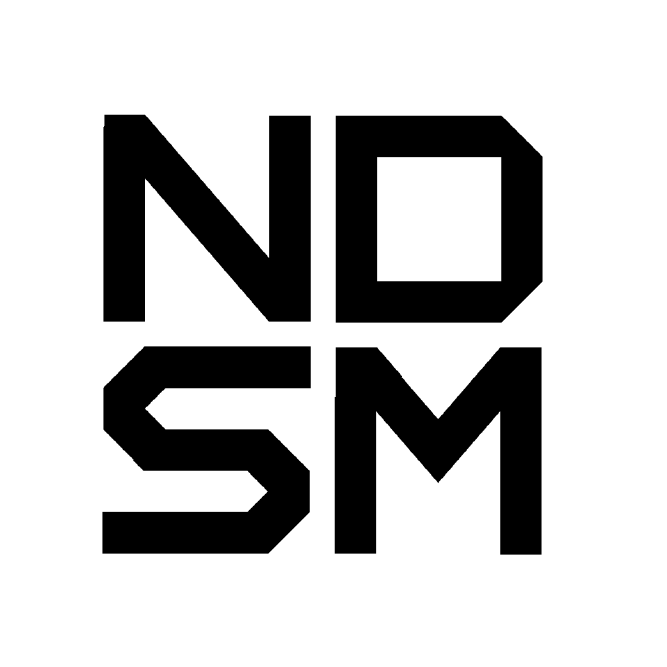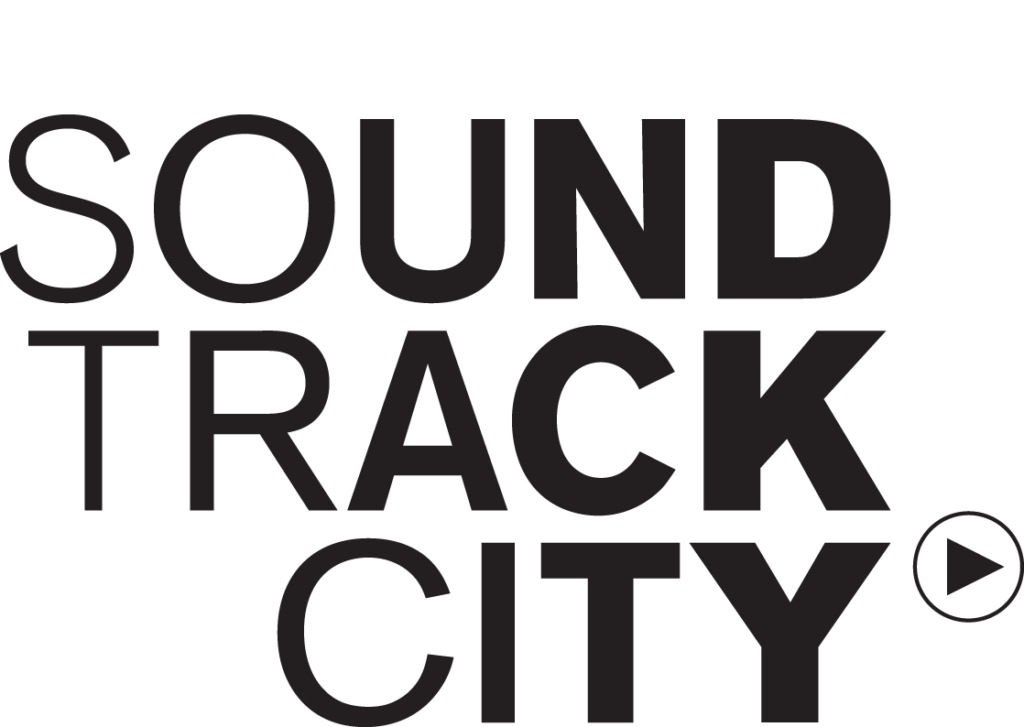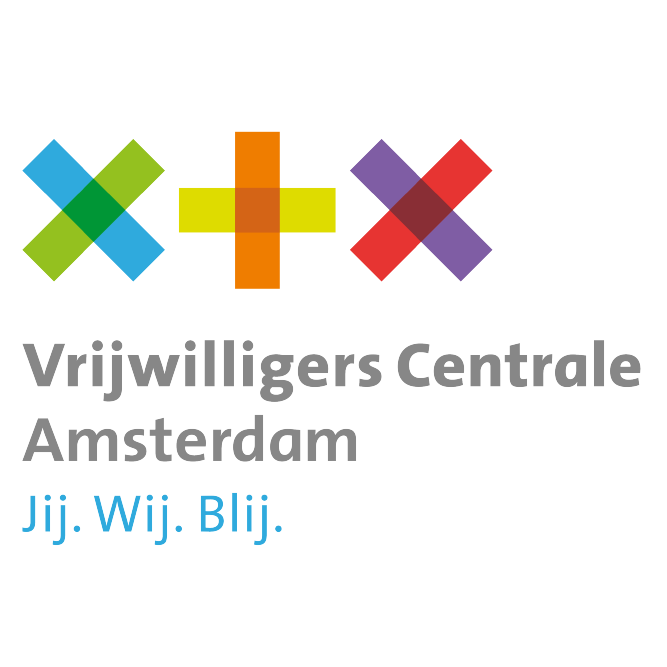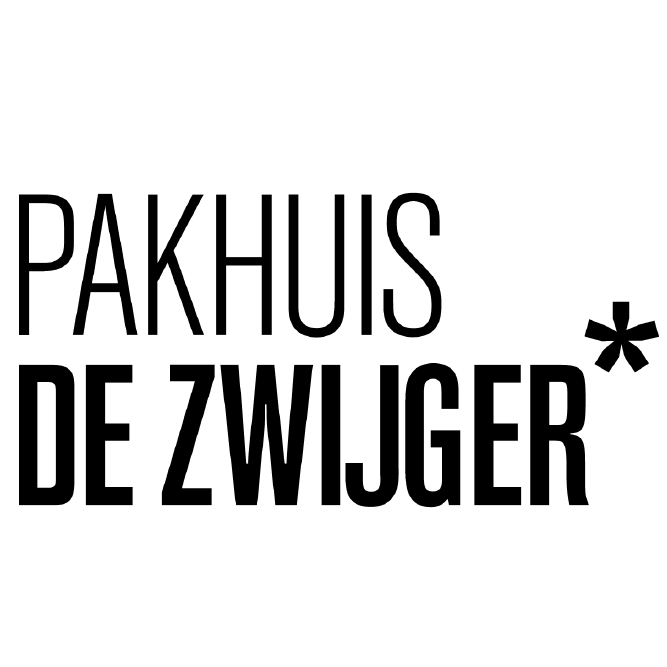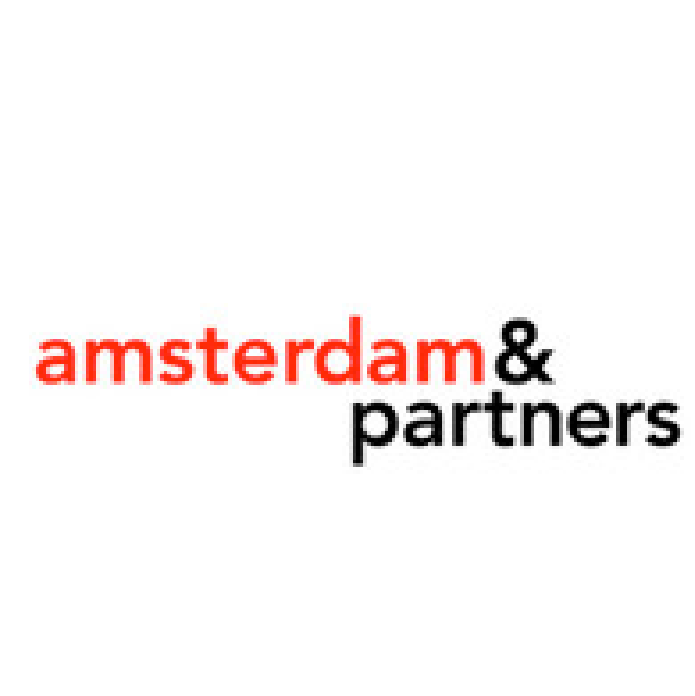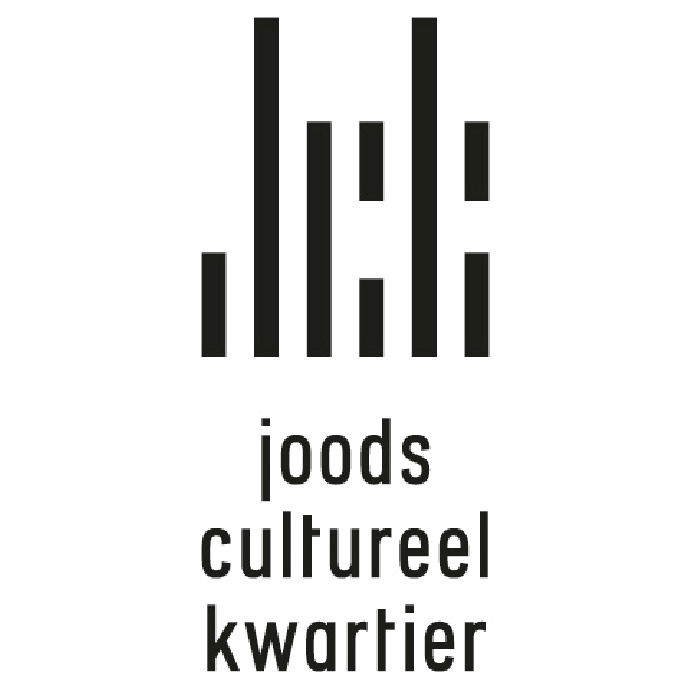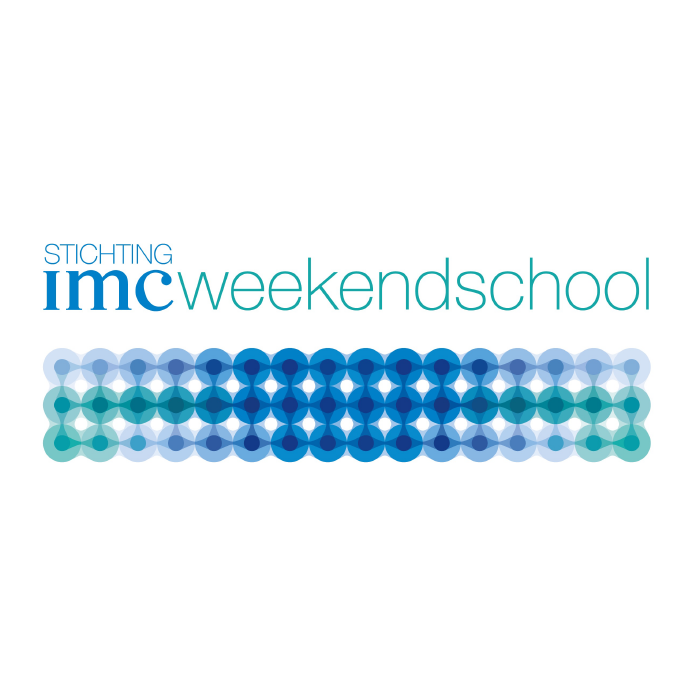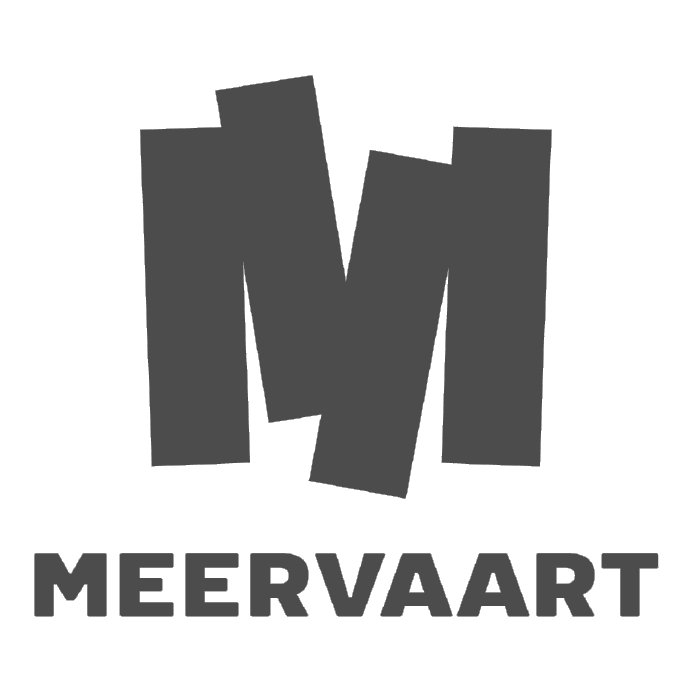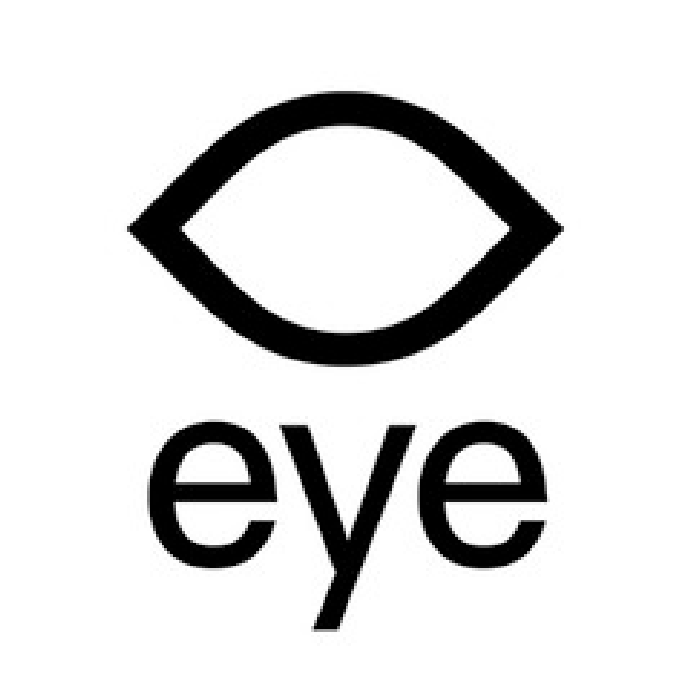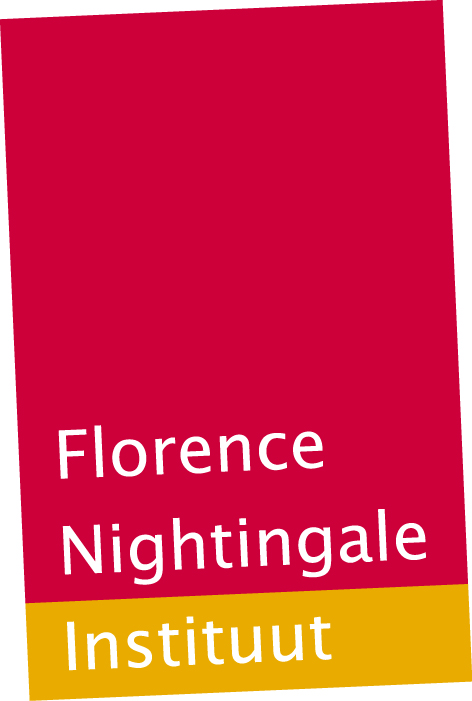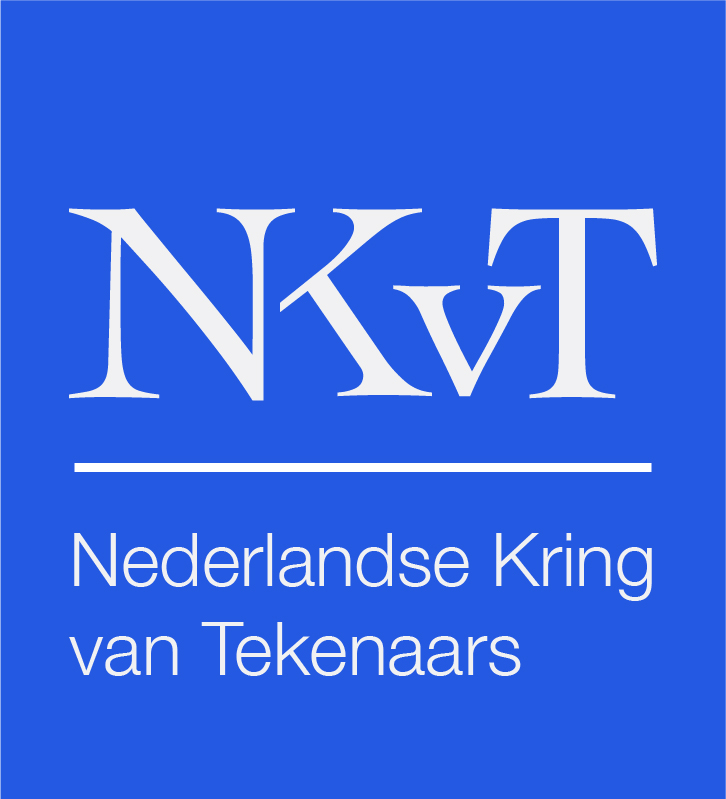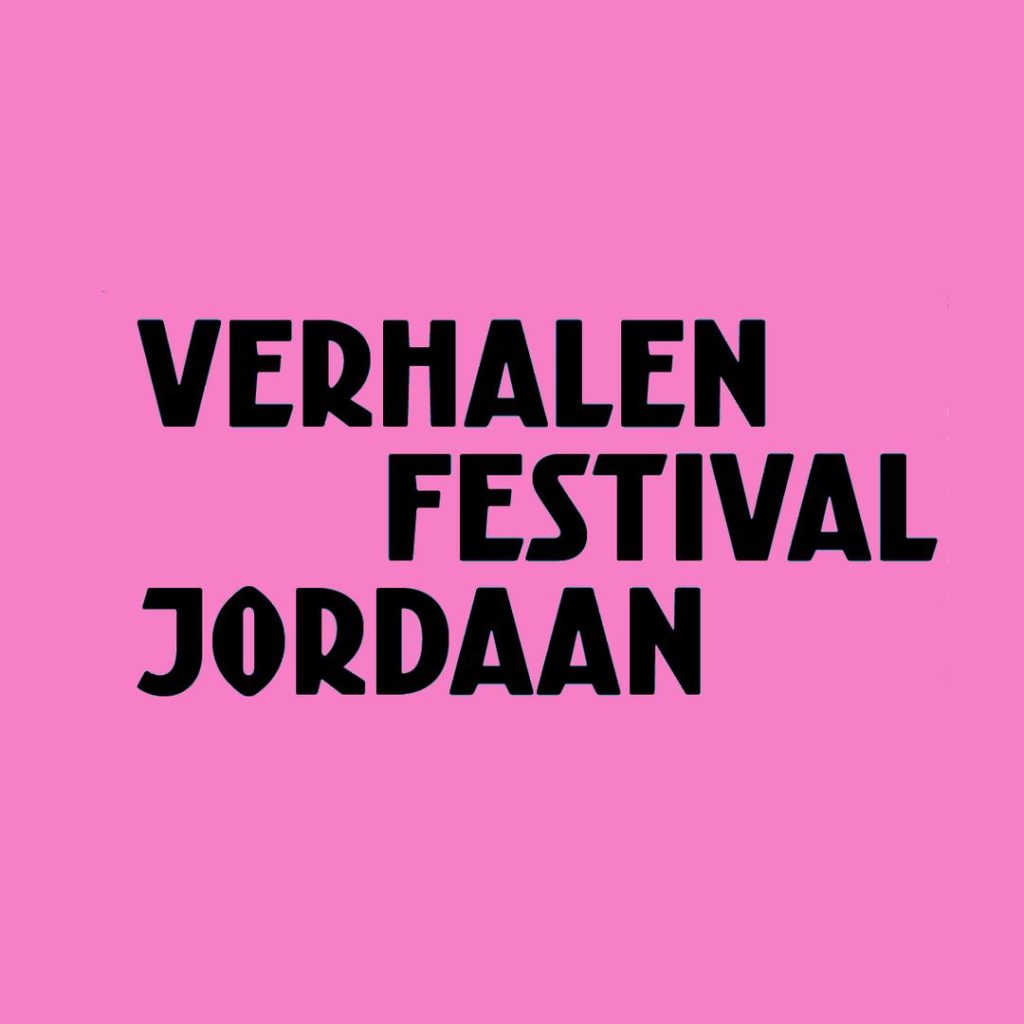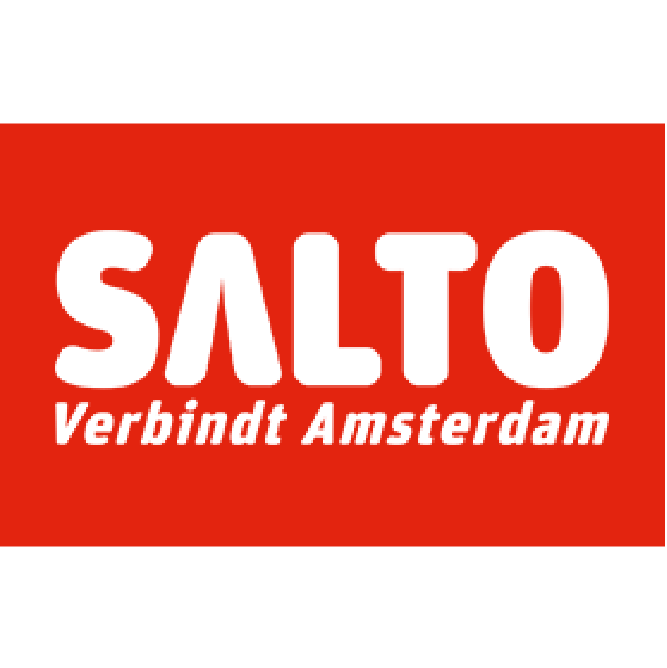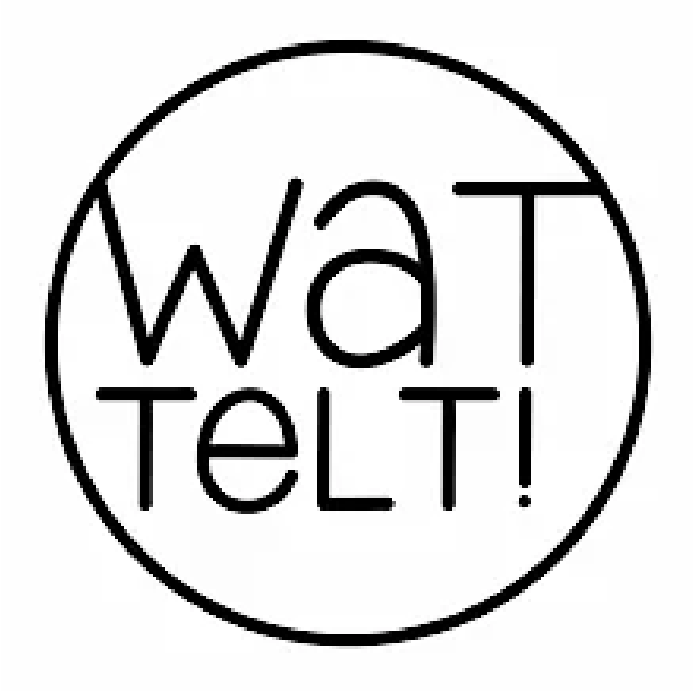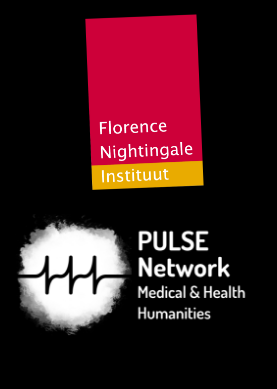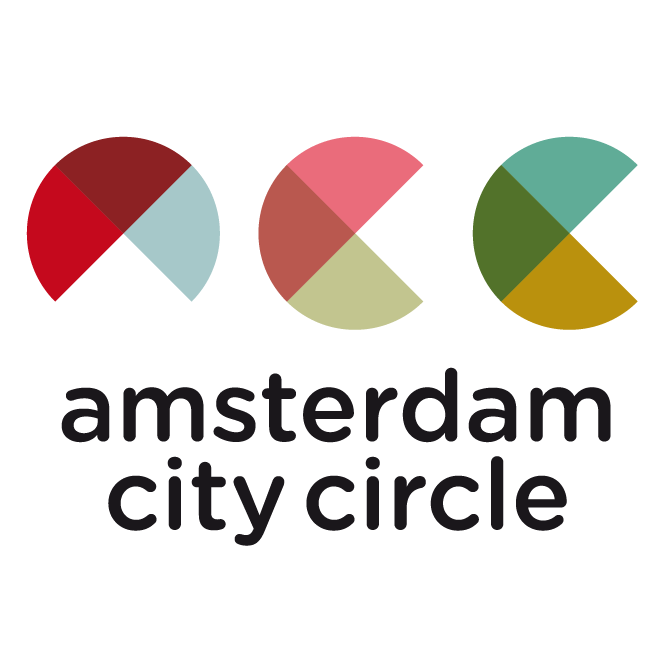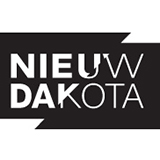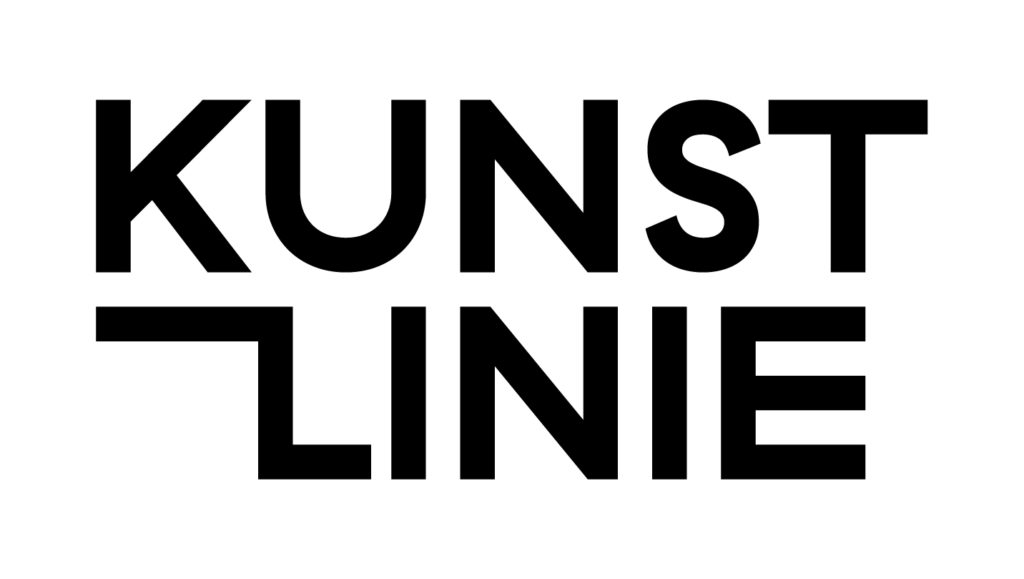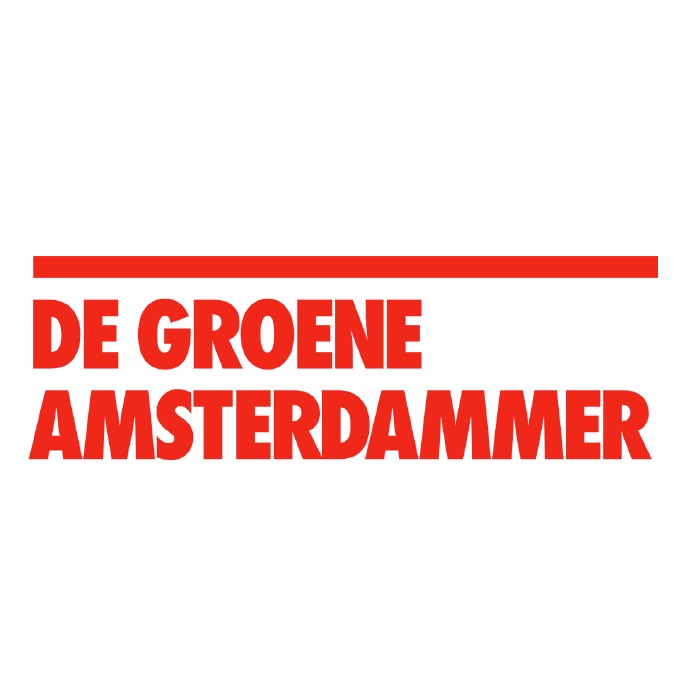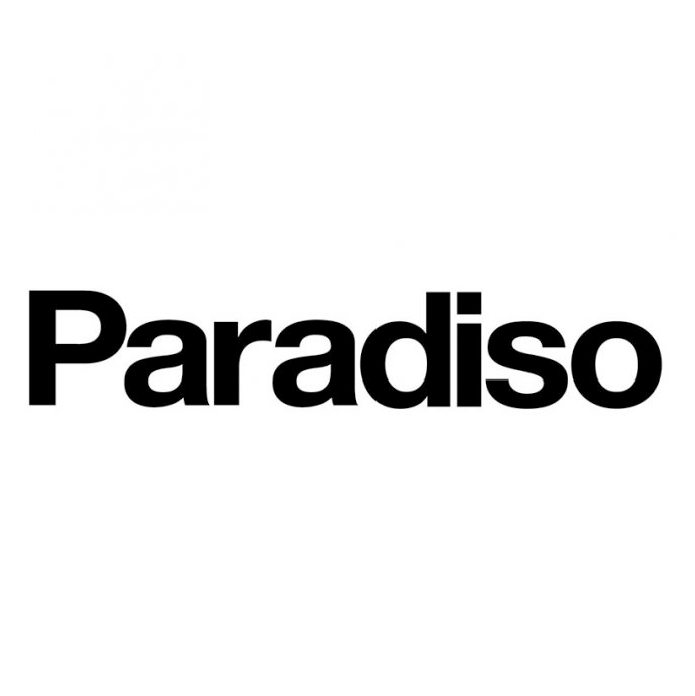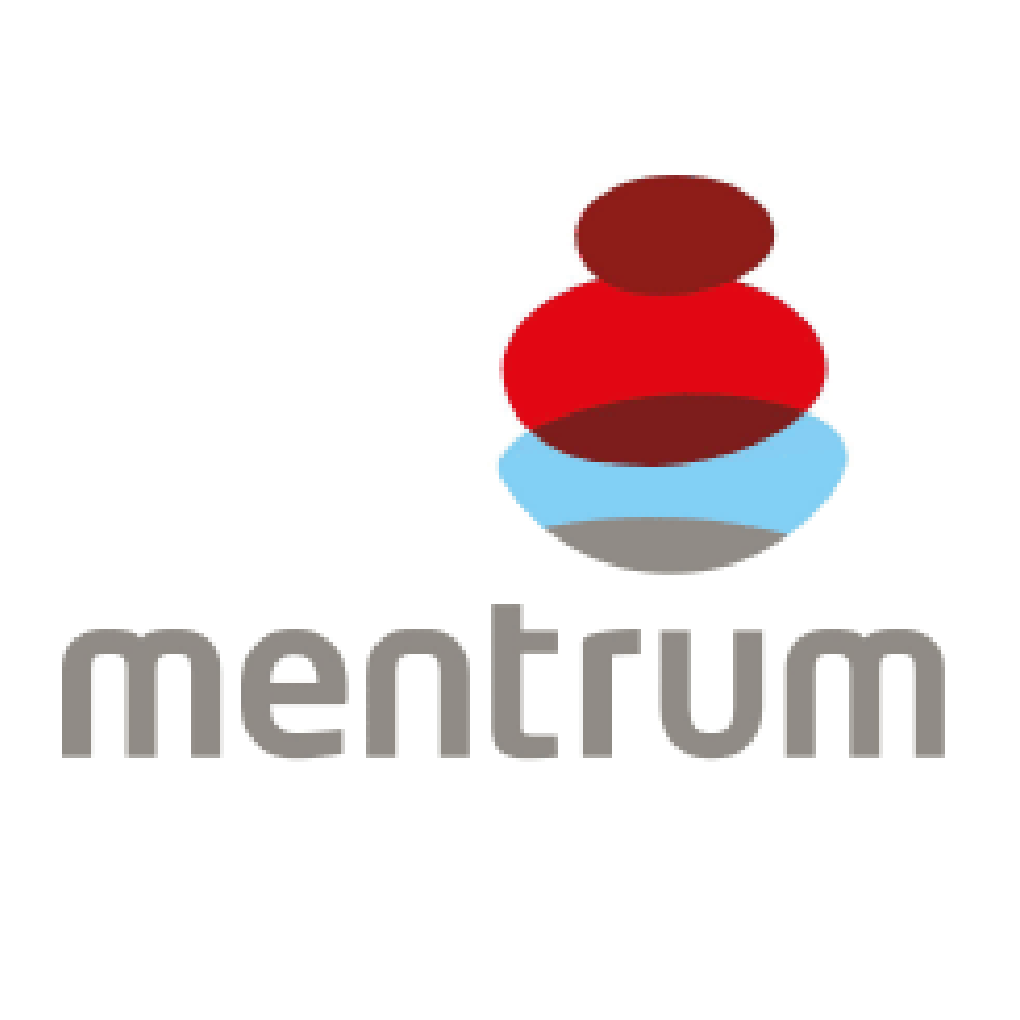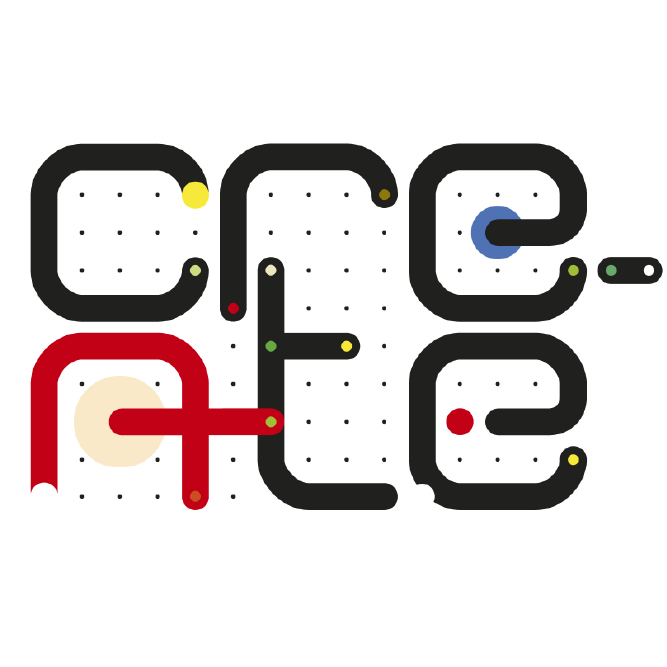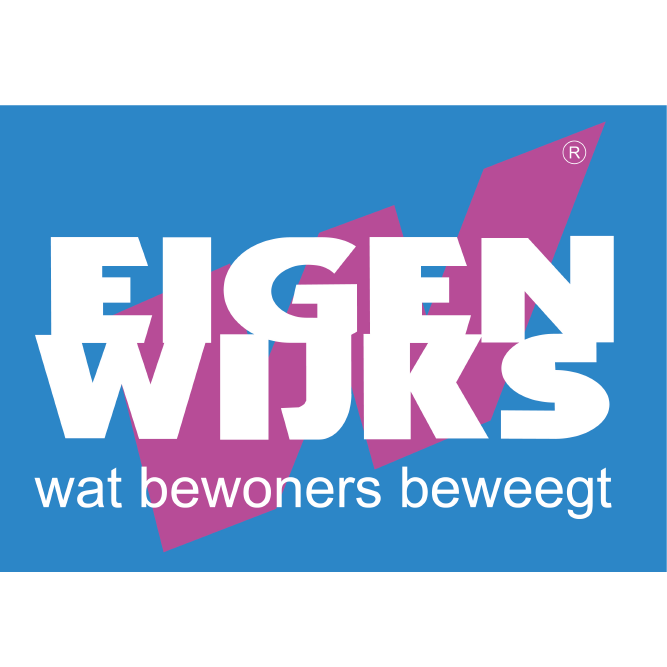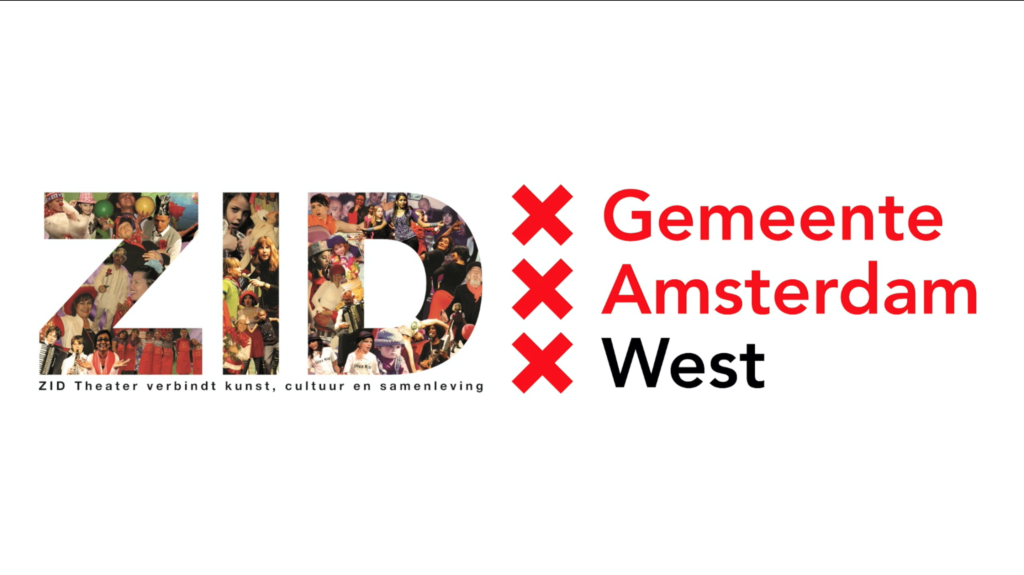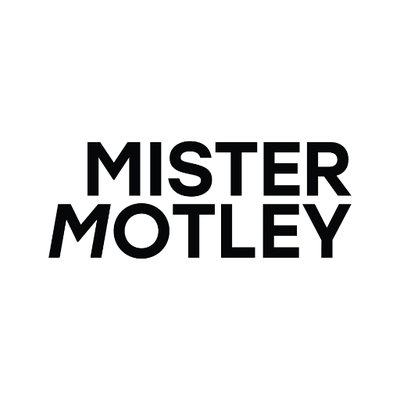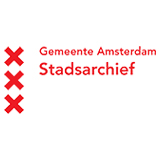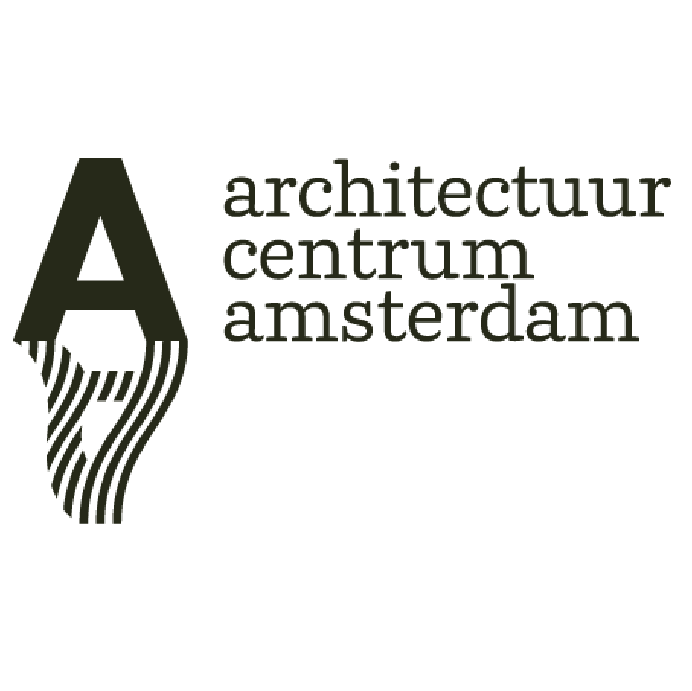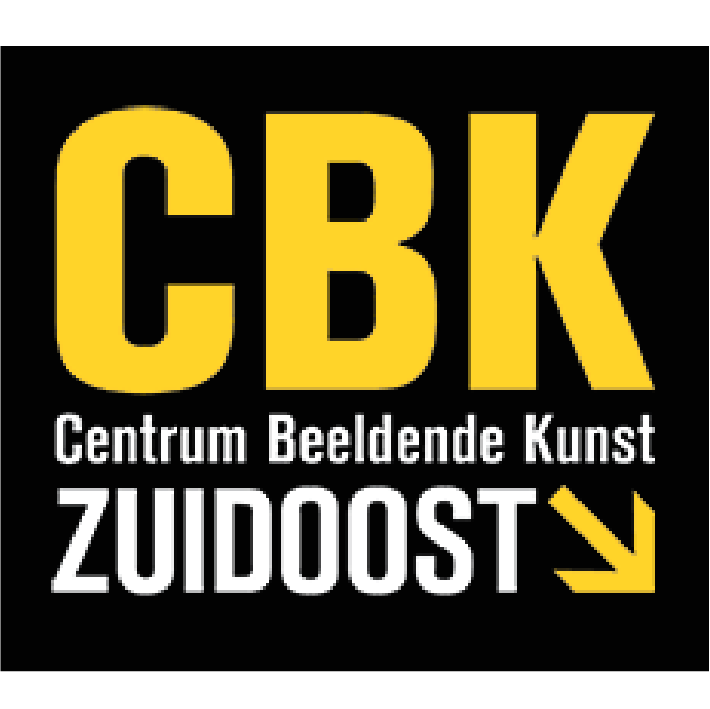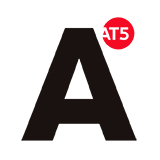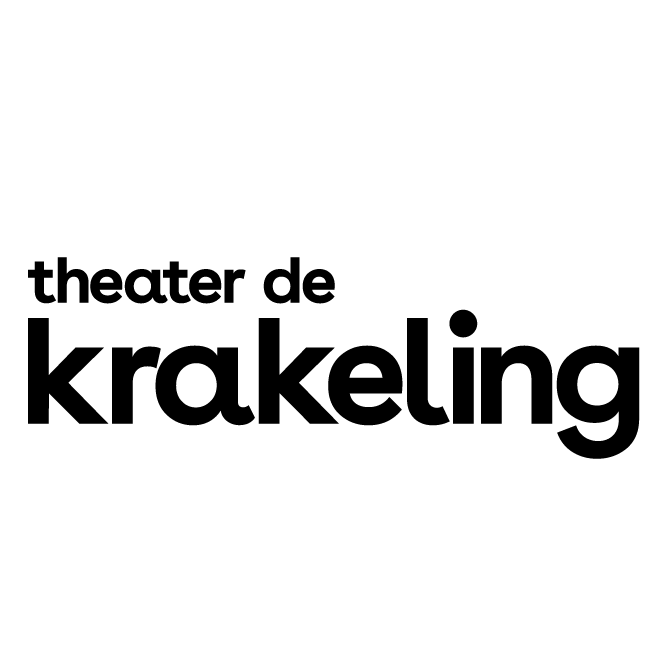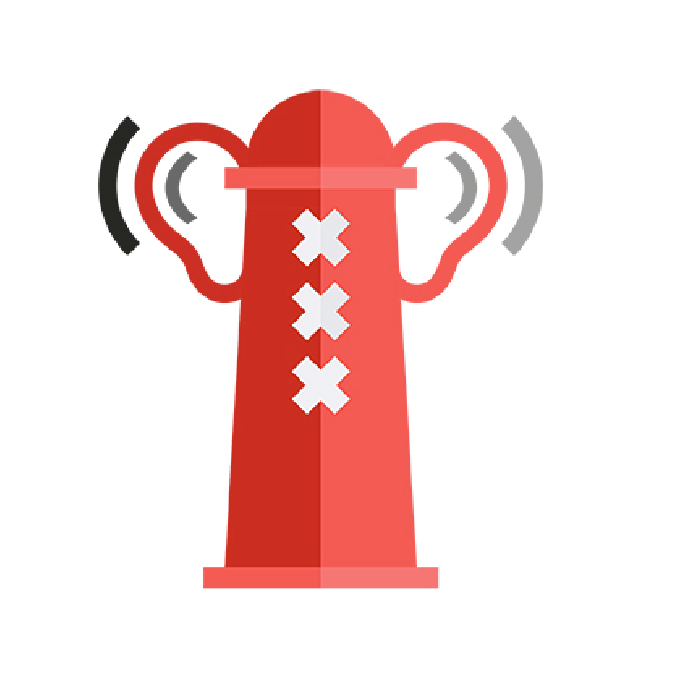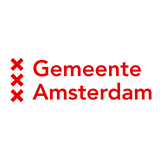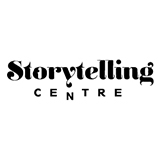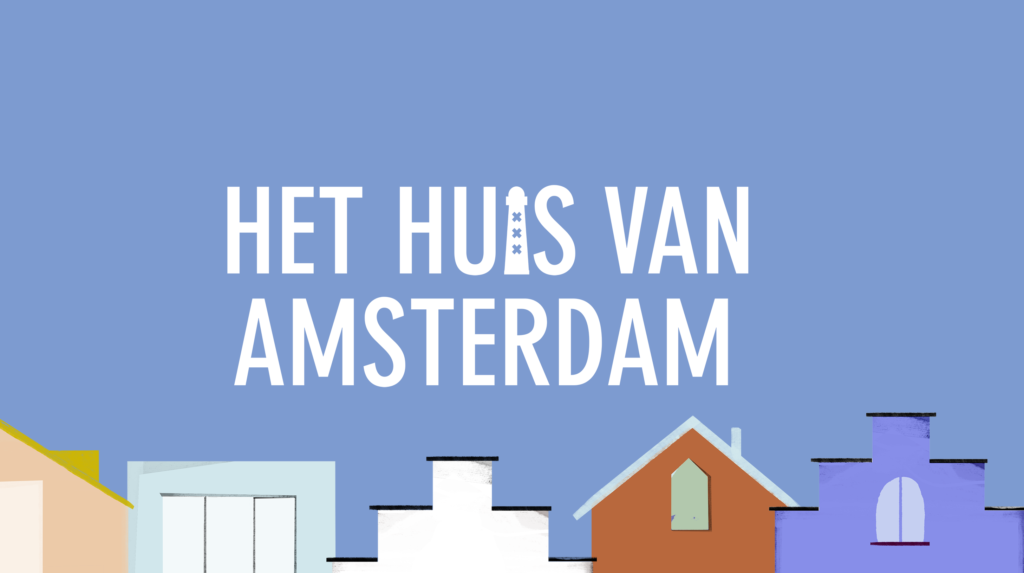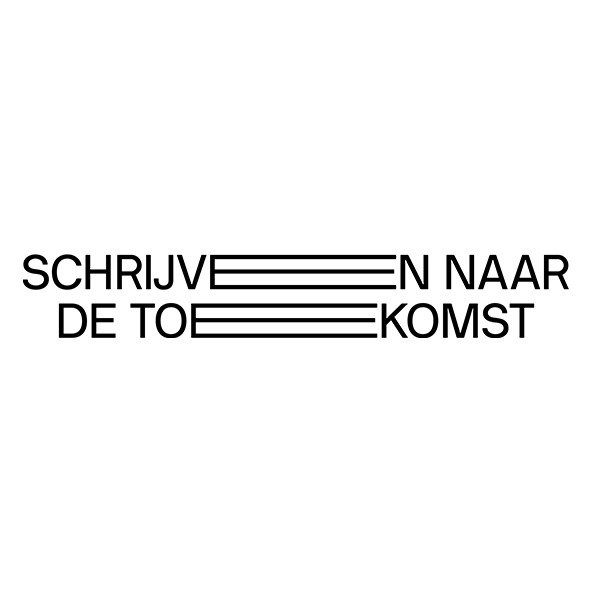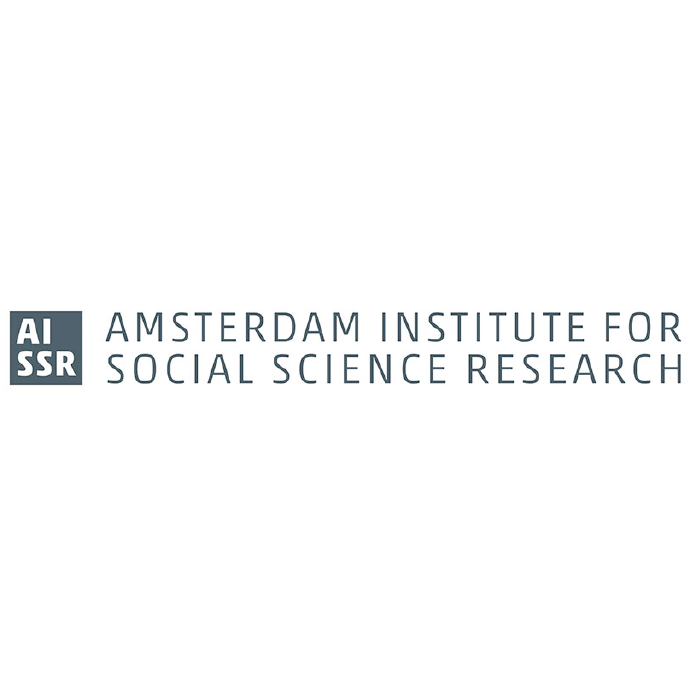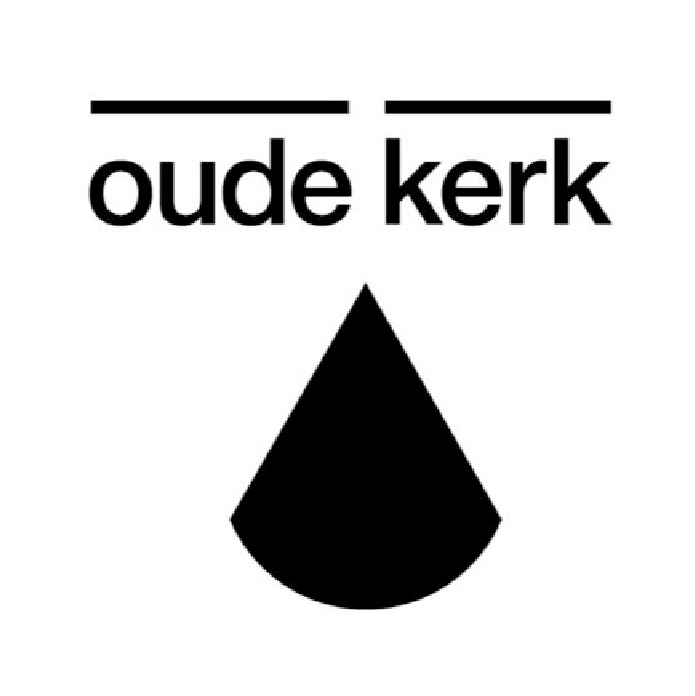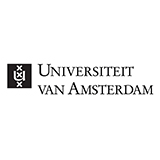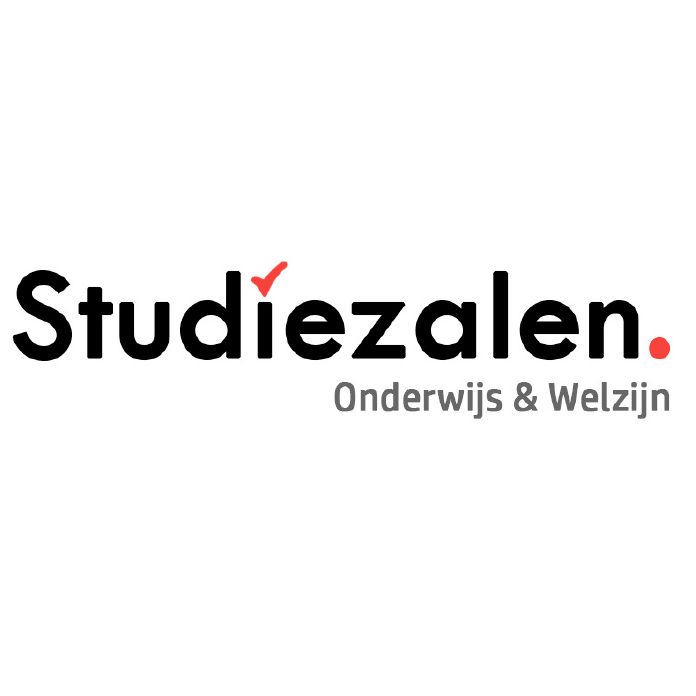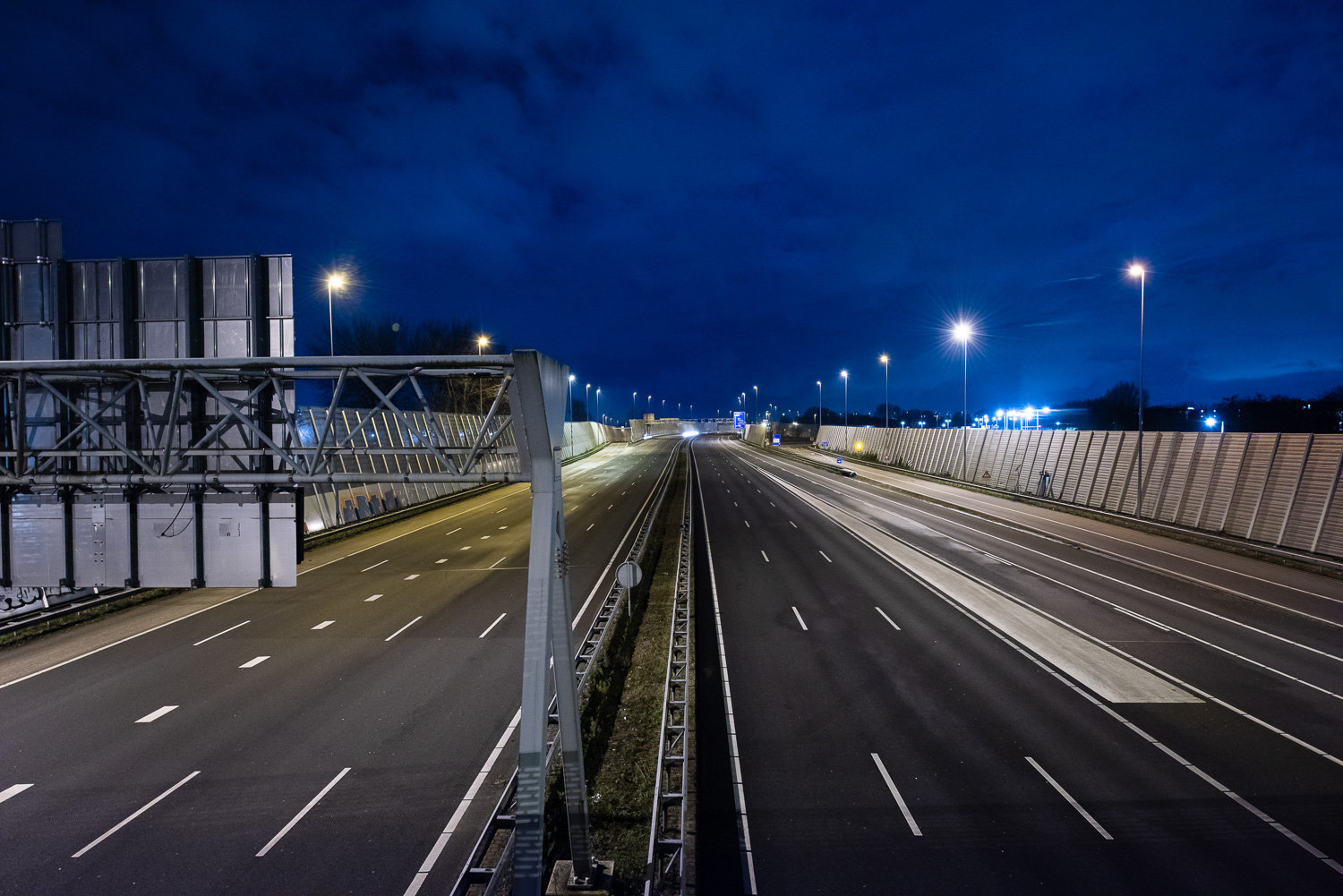
Creating an Online Community
Interview with Annemarie de Wildt and Errol Boon
Published on Technology and Culture
We asked Amsterdam Museum curators Annemarie de Wildt and Errol Boon to reflect on the making of the virtual crowd-curated Corona in the City exhibition. The exhibit invited the public to participate in the live documentation of everyday life during the pandemic. To allow documentation of current events, curatorial authority was shared with the public. Although they see advantages in the new forms and modes of communication that the museum discovered and experimented with during the crisis, they both look forward to working with people physically in the future. They argue that while the new museum has been perhaps more responsive, the digital needs to be paired with a physical space where people meet. Our conversation has been edited for length and clarity. —
Please tell us briefly about your background.
As a city museum, how are your themes linked to the history of technology?
In March 2020, the Dutch government, like many others, announced that museums would go into a first lockdown. What were you working on at the time, and how did this affect your plans?
How did your colleagues and audiences respond? Or let me be provocative: Does anyone miss historical education during a pandemic, or is it only curators who consider culture essential when things are falling apart?
Can you briefly outline the project and how it started?
How did your colleagues and audiences respond? Or let me be provocative: Does anyone miss historical education during a pandemic, or is it only curators who consider culture essential when things are falling apart?
Can you briefly outline the project and how it started?
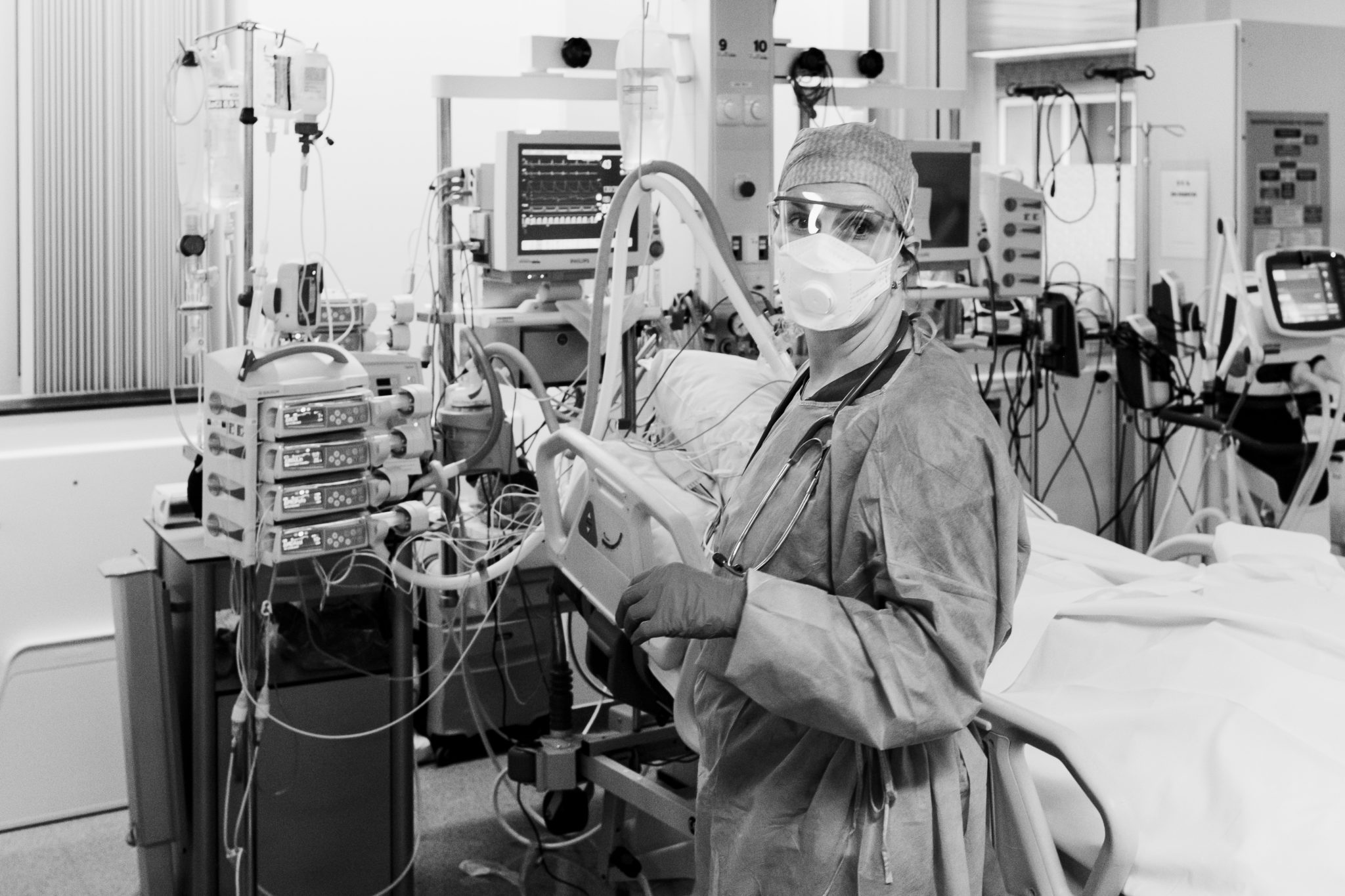
Was this reflection and mission finding a bottom-up process?
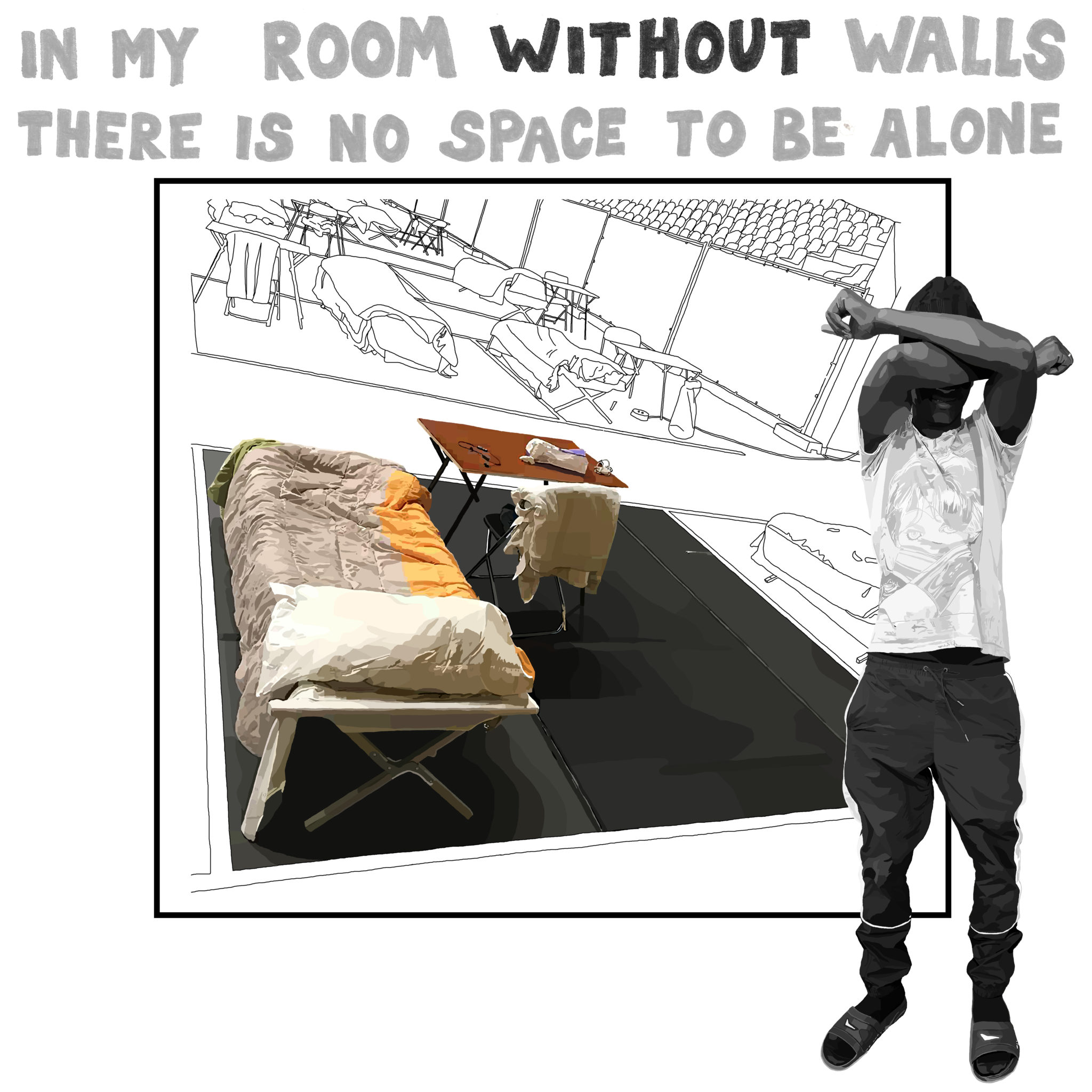
Can you give an example of one object that was sent in and its story?
That sounds like a fascinating experiment, an exhibition with several thousand curators.
You describe what people sent in. You probably had to make choices, for example, about controversial things like the climate of violence and hate we live in. Does this perspective feature in your collections?
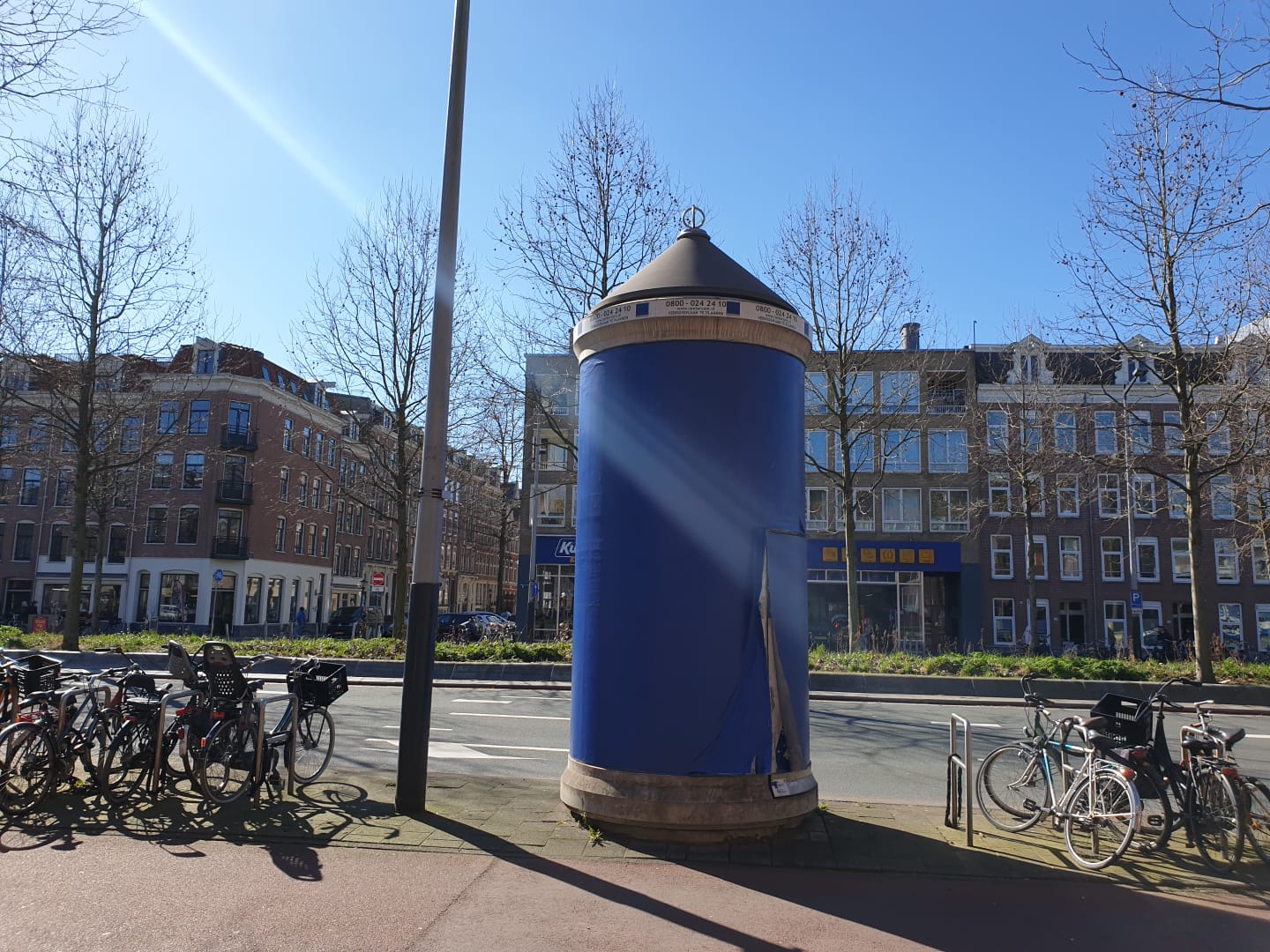
We have spoken about the ways you are using this “time-capsule” collection right now. How do you think future historians will use this material in a few decades?
Unlike the usual curatorial practice that involves filtering, you describe the digital practice as a mirror of the current situation.
How has the pandemic affected the public’s perspective of the museum as a place to connect with contemporary history? Has the museum’s image changed?
How has the pandemic impacted your academic work and the collaboration with external scholars and research institutions?
The final question is perhaps rhetorical: If you could, would you like to go back to museum business as usual before 2020?
